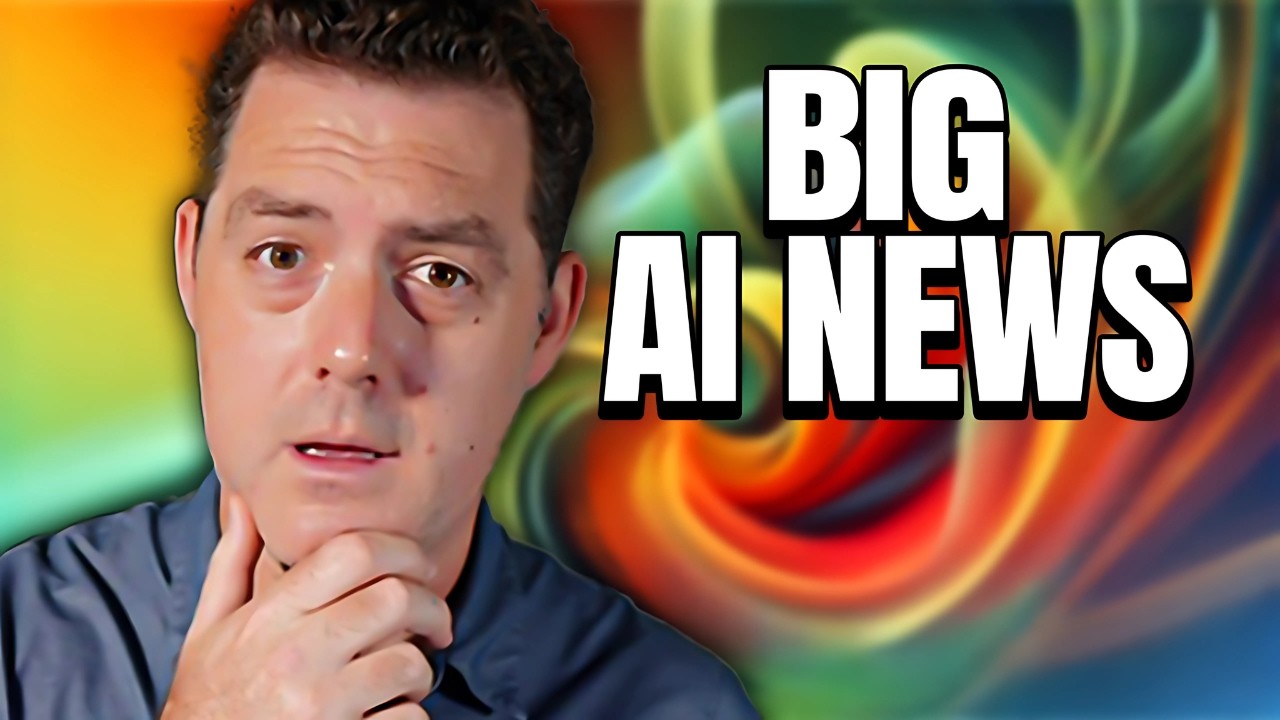In recent AI news, Jeffrey Hinton received the Nobel Prize in Physics for his contributions to AI, while Meta launched Movie Gen, a powerful text-to-video model that allows for personalized video creation. Additionally, NVIDIA introduced an open-source multimodal model, and Flux 1.1 was released with enhanced performance, highlighting significant advancements in AI technology and its applications.
In the latest AI news, Jeffrey Hinton, often referred to as the “Godfather of AI,” has been awarded the Nobel Prize in Physics for his groundbreaking contributions to artificial intelligence. Hinton co-authored a pivotal paper on the backpropagation algorithm in 1986 and has been instrumental in developing various neural network techniques, including Boltzmann machines and AlexNet, which revolutionized image recognition. Despite his accolades, Hinton has expressed concerns about the potential dangers of AI, particularly regarding misinformation and military applications, leading to his resignation from Google earlier this year.
Meta has unveiled an impressive new product called Movie Gen, a text-to-video model featuring 30 billion parameters, which is expected to be open-source and compatible with consumer-grade hardware. This model not only generates videos from text prompts but also includes a 13 billion parameter text-to-audio component that synchronizes sound effects and music with the generated video. Users can also edit videos by simply describing changes or inserting their likeness into the generated content, showcasing the potential for personalized video creation.
In addition to Meta’s advancements, Halo AI has launched its own image-to-video feature, allowing users to create videos from images with impressive consistency and visual quality. While there are some minor errors, the overall results demonstrate the potential for AI in entertainment and media production. The video generation capabilities of both Meta and Halo AI signal a significant shift in how content can be created and customized in the near future.
NVIDIA has introduced an open-source multimodal model called NVM, which rivals GPT-4 in performance across various vision-language tasks. This model showcases versatility by performing tasks such as image identification and code generation. Meanwhile, Liquid AI has released a new family of models known as Liquid Foundational Models, which outperform existing models in their class while maintaining a lower memory footprint. These developments highlight the rapid advancements in AI model capabilities and efficiency.
Lastly, Flux 1.1, an open-source text-to-image generation model, has been released, boasting six times faster generation speeds and improved image quality compared to its predecessor. Apple is also set to launch iOS 18.1, which will include features related to Apple Intelligence, aimed at enhancing personal task management through AI integration. OpenAI has raised a record $6.6 billion in funding, further complicating its relationship with Microsoft, as both companies navigate the evolving landscape of AI technology and competition.
